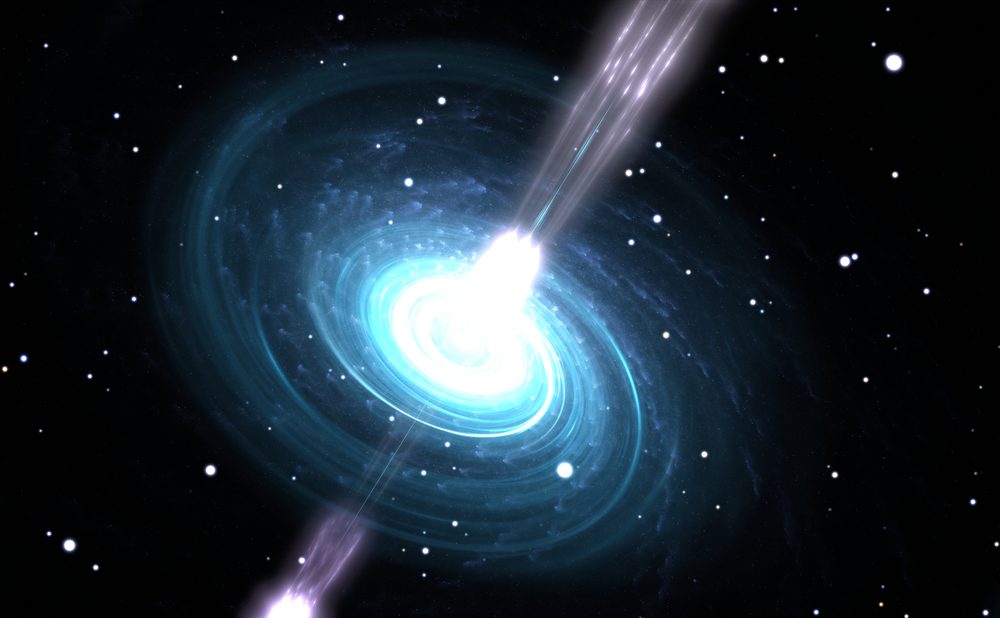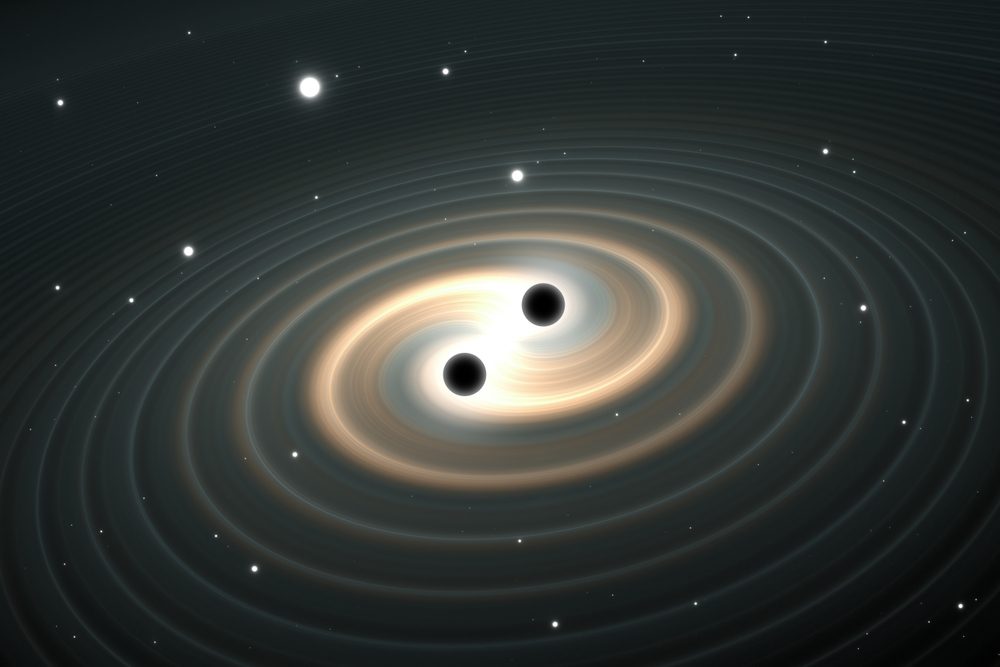Did Einstein have the wrong theories? What are those?
Even if you’ve never opened a physics book, there is still a chance you’ve heard about Einstein theories and Albert Einstein. Really, he is one of the best-known scientists, and usually, when you tell people to name a scientist out of the blue, they will say Einstein.
He appeared in the world of physics during the 20th century, and his name is synonymous with genius. Still, some of the Einstein theories are fundamental to our world and universe. For example, the E = mc^2.
Modern science has proceeded to validate several more of Einstein’s predictions over the past century since the publication of his “magnum opus” article on general relativity. But as with any other popular scientist, not all of his ideas were real and demonstrable.
So, stay here on Science in the World and discover the Einstein theories that are today known to be wrong.

1. Is the universe expanding?
Nowadays, it is common knowledge that the Universe is expanding and, even more, that it is also accelerating. This happens because of dark energy. The redshift of galaxies, which shows how far away from Earth they are, has been used by scientists to draw this conclusion. This discovery had not yet been made in Einstein’s time.
During the 20th century, the general way of thinking, including what Einstein believed, was that the universe was static. And based on what scientists knew at that time, this assumption is quite rational. After all, every season we can see the same constellations across the night sky, right?
When attempting to describe this supposed reality, however, Einstein’s general relativity ideas encountered some obstacles. This is how the “cosmological constant” was born. This was a concept that Einstein added to his equations in 1917 in order to fill this gap. The idea behind all of this was that of a constant that kept the universe all together in the Einstein theories without compromising the whole math behind them.
Unfortunately, this “cosmological constant” was what Einstein called one of his biggest blunders. Some researchers, including Edwin Hubble, found the first clues to the expanding universe in 1929 using a telescope in California.
2. Quantum mechanics? What is that?
Here we are discussing more Einstein theories, but one that made scientists squirm was the reimagining of classical mechanics, which was born in the days of Newton. And don’t misunderstand this: there is nothing wrong with classical mechanics; we still use it today, but when talking about subatomic particles and photons, physics works in a different way.
Einstein claimed that some extremely meticulous calculations could be used to anticipate macroscopic phenomena like gravity. In Einstein’s ideal universe, this formulaic approach to our reality would extend from the biggest stars in our galaxy to the tiniest particles.
In the 1920s, the concept of quantum mechanics began to spread. This area of science is specialized in the study of subatomic particles and the microscopic world. In the world of quantum mechanics, everything was rather probabilistic than truly certain. In quantum mechanics, particles don’t exist until you observe them, and they can also communicate with one another without touching and over extremely long distances. Amazing, right?
Einstein had a major problem with quantum physics’ “sloppy handling” of the consistency of the universe. He thought that there was something wrong with quantum mechanics, and he once said that “God does not play dice with the universe.”
Although Einstein theories of relativity are effective and apply well to the macroscopic world, they fall short when it comes to precisely describing the submicroscopic realm, where quantum mechanics excels. Nobody can have it all.
3. The mystery of the forces
In the later years of his life, Einstein theories focused on finding a theory that could unify the main forces of the universe under a master theory. This is a problem that scientists are still trying to solve.
Gravity, electromagnetism, and the strong and weak nuclear forces are the four fundamental forces that shape our universe. Scientists can observe and explain these forces separately, but Einstein wanted to create a unifying theory that was able to explain all of these four forces at the same time. He was particularly interested in developing a theory that would combine gravity and electromagnetism, the two biggest visible forces.
For now, it seems that Einstein was wrong because gravity couldn’t be placed alongside the other forces. More scientists wanted to solve this problem and create a unifying theory, and this is how The Standard Model was created. This was introduced in the 1970s and was meant to explain the inaction of nuclear forces and electromagnetism. Unfortunately, gravity didn’t fit into the equation.
4. Do black holes even exist?
We know that nowadays the imaging and study of black holes are common practices, but in the time of Einstein, this was not the case. This is why Einstein did not believe that black holes existed at all. And what is funnier is the fact that they descend directly from his famous theory of relativity.
As a “Schwarzschild singularity,” which was named after astronomer Karl Schwarzschild, was being debated at the time, Einstein managed to write an article for the Annals of Mathematics in 1939 to disprove it.
From all of the Einstein theories, the theory of relativity is the most amazing because it put space and time together and also added gravity to the whole equation. Schwarzchild discovered later in 1916 that the same ideas that had previously been used to explain space-time might also catastrophically fail. A gravitational singularity was said to be able to create a “hole” from which even light could not escape.
This idea used to be controversial, and the scientific world disagreed with it until 1935. In that year, Subrahmanyan Chandrasekhar spoke about the prospect of a dying star that was so dense that it could collapse inward. Today, we know that this is basically the definition of a black hole.

5. Gravitational waves
In 2015, by using some detectors known as LIGO (Laser Interferometer Gravitational-Wave Observatory), scientists confirmed one of Einstein’s theories because they managed to detect the ripples in spacetime that are caused by gravity.
Einstein first foresaw these gravitational waves in 1916 as a normal effect of general relativity. However, 20 years after making his original prediction, Einstein was becoming more reserved about the reality of gravitational waves because he thought that, in the same way as black holes, gravitational waves would produce a singularity.
In 1936, he wrote a letter to a friend and said that after all of his research, he had concluded that gravitational waves didn’t exist. And if we look back, we can say that Einstein was quite lucky. After he submitted the original paper that stated gravitational fields don’t exist, it had some mathematical errors and was sent for revision.
This made Eisntien mad, and he withdrew the paper without correcting it. Not long after, it was made clear that gravitational waves exist. So, all that happened was somehow to his advantage.
If you are curious and want to find out more about the life of the genius known as Albert Einstein, a good start might be this book that you can easily get from Amazon:: Albert Einstein: The Life of a Genius
You should also read: 4 Stephen Hawking Predictions: Alien Invasions and AI Dangers – but Is He Right?














